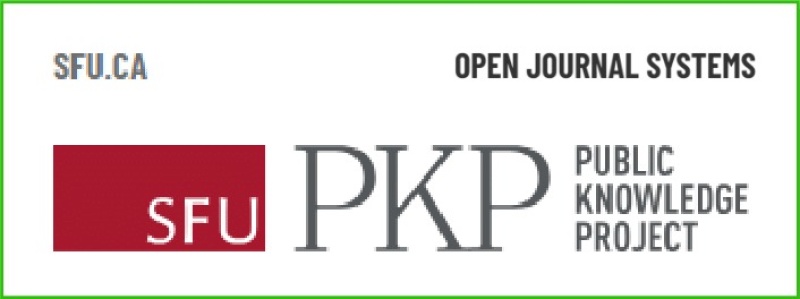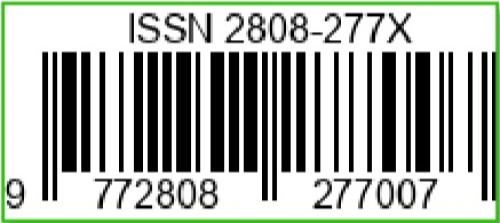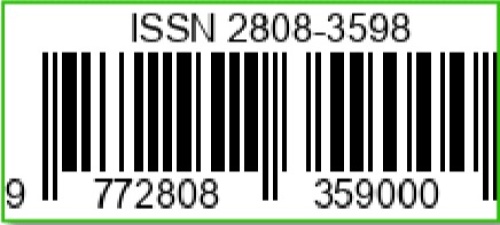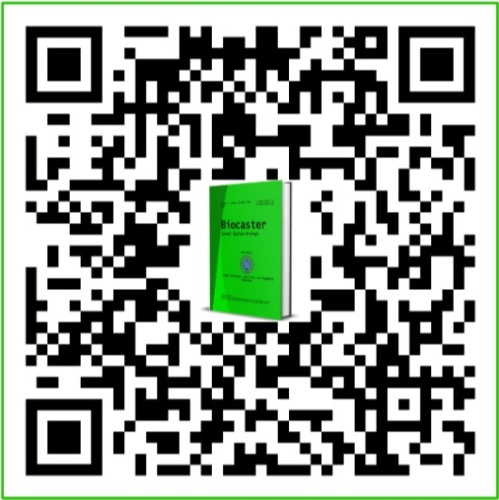Analisis Pola Distribusi dan Keanekaragaman Komunitas Biotik di Lima Kecamatan Kabupaten Majene, Sulawesi Barat dengan Metode Relevé
DOI:
https://doi.org/10.36312/biocaster.v5i4.780Keywords:
Majene Regency, Biodiversity, Biotic Community, Relevé Method, TerrestrialAbstract
Indonesia is known as one of the mega-biodiversity countries in the world, because it has a very high level of biodiversity, which is influenced by geographical conditions, tropical climate, and the diversity of ecosystems spread across various islands. This study aims to analyze the diversity of flora and fauna communities using the Relevé method in five sub-districts in Majene Regency, West Sulawesi Province, namely Sendana, East Banggae, Banggae, Tammerodo Sendana, and Pamboang Districts. The relevé method was applied with a multi-level approach through three plot sizes, namely 1×1 m², 3×3 m², and 5×5 m² to observe the influence of area area on the number of species found. The results of the observations showed that the increase in the area of the plot was directly proportional to the number of species identified. In plots measuring 1×1 m², the lowest average number of species was found, while in plots measuring 5×5 m², the highest number of species was found. The results of this study show that there is a pattern of positive relationships between area area and species richness which reflects the level of environmental heterogeneity and ecosystem complexity in the research area. The Relevé curve shows an inlinear trend of increasing the number of species with a tendency to reach saturation points on the widest plot, indicating that most species are already represented in that area. These findings confirm that the Relevé method is an effective approach in studying the structure and composition of biotic communities, especially in areas with diverse ecological conditions such as Majene Regency. The results of the research are expected to be the basis for efforts to manage and conserve local biodiversity, as well as provide an overview of the ecological potential in the five sub-districts studied.
Downloads
References
Darmayani, S., Hidana, R., Latumahina, F. S., Nendissa, S. J., Situmorang, M. V., Juniatmoko, R., Widarawati, R., Novita M., Swardana, A., Octorina, P., Siagian, G., Hasibuan, A. K. H., Yusal, M. S., & Mutolib, A. (2021). Ekologi, Lingkungan Hidup dan Pembangunan. Bandung: CV. Widina Media Utama.
Evangelista, A., Frate, L., Carranza, M. L., Attorre, F., Pelino, G., & Stanisci, A. (2016). Changes in Composition, Ecology and Structure of High-Mountain Vegetation: A Re-Visitation Studyover 42 Years. AoB Plants, 8(1) 1-11. https://doi.org/10.1093/aobpla/plw004
Farhan, M. R., Adawiyah MK, R., Asiyah, N., Nasrullah, M., Triastuti, A., Lestari, S., & Hasriaty, H. (2019). Analisis Vegetasi Tumbuhan di Resort Pattunuang-Karaenta Taman Nasional Bantimurung Bulusaraung. Makassar: Penerbit Jurusan Biologi FMIPA UNM.
Harsono, R., Suba, R. B., Kustiawan, W., Aipassa, M. I., Sukartiningsih, S., & Rayadin, Y. (2024). Keanekaragaman Vegetasi pada Beberapa Umur Revegetasi di Lahan Reklamasi Pascatambang Batubara PT. Indominco Mandiri, Kalimantan Timur. Jurnal Ilmu Lingkungan, 22(3), 589-599. https://doi.org/10.14710/jil.22.3.589-599
Jajang, J. (2015). Studi Keanekaragaman Flora dan Fauna di Gua Kangkung Desa Pucung Kecamatan Eromoko Kabupaten Konogiri Jawa Tengah. Skripsi. Universitas Muhammadiyah Surakarta.
Jupri, A., Ahyadi, H., Uzma, S., Muthma’innah, E., Riski, T. N. A., Hakim, A., Wulandari, S. Y., & Hidayah, N. (2024). Analysis of the Effect of Climate Change on Biodiversity Conditions in West Nusa Tenggara. Jurnal Biologi Tropis, 24(2), 1-13. https://doi.org/10.29303/jbt.v24i2b.7941
Khoiroh, M., Perangin-angin, N. S. B., Swari, A. A. G. A., Suputra, I. M. W. A., Sihombing, R., Sari, I. A. E. P., Yuni, L. P. E. K., & Wijaya, I. M. S. (2024). Karakteristik Struktur Komunitas Tumbuhan pada Tiga Tipe Ekosistem di Banjar Jempanang, Kabupaten Badung, Bali. Jurnal Biologi Udayana, 28(2), 298-313. https://doi.org/10.24843/JBIOUNUD.2024.v28.i02.p11
Morrison, L. W. (2016). Observer Error in Vegetation Surveys: A Review. Journal of Plant Ecology, 9(4), 367-379. https://doi.org/10.1093/jpe/rtv077
Mucina, L. (2017). Vegetation Survey and Classification of Subtropical Forests of Southern Africa. Heidelberg: Springer.
Neagara, M. S., Muhammad, F., & Maryono, M. (2023). Kajian Inventarisasi Keanekaragaman Jenis Flora dan Fauna Hutan Lindung Kasinan Kota Batu. Jurnal Ilmu Lingkungan, 21(4), 987-991. https://doi.org/10.14710/jil.21.4.987-991
Noormets, A., Epron, D., Domec, J. C., McNulty, S. G., Fox, T., Sun, G., & King, J. S. (2015). Effects of Forest Management on Productivity and Carbon Sequestration: A Review and Hypothesis. Forest Ecology and Management, 355, 124‑140. https://doi.org/10.1016/j.foreco.2015.05.019
Rahman, A. F., & Qurniati, R. (2021). Keanekaragaman Flora dan Fauna di Resort Balik Bukit Balai Besar Taman Nasional Bukit Barisan Selatan. In Proceeding Seminar Nasional Silvikultur 2021 (pp. 1-8). Lampung, Indonesia: Universitas Lampung.
Setiarno, S., Nurfaizal, R., & Eka, R. D. (2024). Struktur Komunitas Vegetasi pada Blok Perlindungan di Kawasan Taman Hutan Raya Lapak Jaru Kabupaten Gunung Mas. Jurnal Hutan Tropika, 12(2), 88-96. https://doi.org/10.36873/jht.v19i1.14243
Utami, F., Utami, S. D., & Safnowandi, S. (2023). Struktur Komunitas Mangrove di Pesisir Pantai Cemara Kabupaten Lombok Barat dalam Upaya Penyusunan Modul Ekologi. Biocaster : Jurnal Kajian Biologi, 3(4), 206-225. https://doi.org/10.36312/biocaster.v3i4.213
Downloads
Published
How to Cite
Issue
Section
License
Copyright (c) 2025 Ratna Sari

This work is licensed under a Creative Commons Attribution-ShareAlike 4.0 International License.
-
Attribution — You must give appropriate credit, provide a link to the license, and indicate if changes were made. You may do so in any reasonable manner, but not in any way that suggests the licensor endorses you or your use.
-
ShareAlike — If you remix, transform, or build upon the material, you must distribute your contributions under the same license as the original.











































